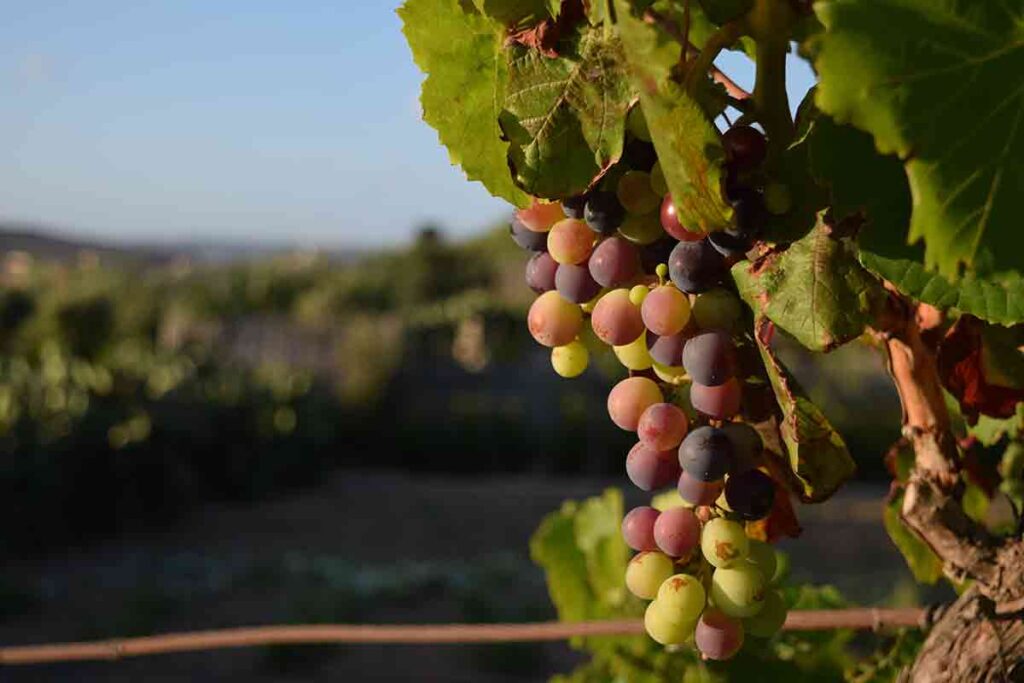South African Wines
The roots of South African wines: a legacy from the 17th century
South African wines are exported at a volume of just over 300 million liters annually. Ranked seventh in global volume, it is sometimes regarded as one of the oldest New Wine Regions. Vines were first planted in the country in 1652, thanks to the Dutch establishing a refreshments station at the Cape.
While the first governor of the Cape, Jan van Riebeeck, waxed lyrical about the first wine produced in 1659, his enthusiasm may have tainted his view of its quality. Fortunately, the arrival of the French Huguenot settlers in 1685 introduced skills that improved the quality of the wine and extended the wine-growing areas.
Groot Constantia, one of the most famous estates in the Cape, was established by Governor Simon van der Stel in 1685. Vin de Constance, the natural sweet wine produced on the estate, gained worldwide popularity and is probably one of the most famous South African wines. Napoleon’s only request on his deathbed was a glass of Vin de Constance.

Challenges and triumphs for the South African wines
South African Wine has overcome the vagaries of political preferences and natural disasters to claim a spot on the world wine stage as a symbol of ingenuity and diverse artistry. The sparkling wine produced in the Cape under the Cap Classic label was the wine of choice for the inauguration of President Obama as well as the iconic President Mandela.
Pinotage, a unique South African wine, celebrates its centenary this year. It is the product of one of South Africa’s pioneering winemakers, Professor Abraham Perold. He crossed Hermitage (Cinsault) with Pinot Noir, planted four seeds in his garden, and promptly forgot about them. Dr. Charles Niehaus, a fellow lecturer, saved the young vines, and in 1942, the first Pinotage entered the market under the Kanonkop label.
The South African wines journey hasn’t been easy. Remember that slavery was only abolished in South Africa in December 1834, and the system of paying farm laborers with cheap liquor (Dop System) was only finally outlawed just over twenty years ago. Unfortunately, the 1960s and 70s saw wine production lean heavily on quantity instead of quality. The local wine industry also labored for over a century under the monopolistic KWV cooperative system, which disbanded in 1994, allowing independent winemakers to spread their wings and embrace innovative trends.
Sustainability and fair trade: the future of South African wines
Today, the South African wines industry has embraced fair trade, sustainability, and innovative practices. Winemakers are encouraged to explore the different microclimates of the Western Cape and expand grape production into new areas. It leads the world in producing Fairtrade wines, ensuring that labor conditions on the wine estates meet high ethical standards and foster worker advancement.
Next time you grab a bottle of South African wine, check out the label. Besides the Wine of Origin tag that tells you the grape variety and where it’s from, there’s also a Sustainability Seal. It shows that eco-friendly methods were used to make the wine.
It’s been a long, hard road, but the quality of the wine has made every step of the way worthwhile.
Main grape varieties
White grape varieties
- Chenin blanc
- Sauvignon blanc
- Colombar(d)
- Chardonnay
- Muscat d’Alexandrie (also utilised for raisins and as table grapes)
- Semillon
- Muscat blanc
- Viognier
Red grape varieties
- Cabernet Sauvignon
- Shiraz
- Pinotage
- Merlot
- Ruby Cabernet
- Cinsaut
- Pinot Noir
- Cabernet Franc
South African Wines statistics (Source: SAWIS)
Wineries
- Number of primary grape producers in 2023: 2350 (3596 in 2010)
- Number of wine cellars which crush grapes in 2023: 522 (573 in 2010)
- Producers cellars in 2023: 45 (54 in 2010)
- Producing wholesalers in 2023: 26 (26 in 2010)
Wine grapes varieties as % of total hectares
White grapes varieties
- Chenin blanc: in 2023 18.4% (18.5% in 2016)
- Sauvignon blanc: in 2023 11.4% (9.7 in 2016)
- Colombar(d): in 2023 10.4 (12% in 2016)
- Chardonnay: in 2023 7.5% (7.2% in 2016)
- Muscat d’Alexandrie: in 2023 1.5% (1.9% in 2016)
- Semillion: in 2023 1% (1.2% in 2016)
- Muscat blanc: in 2023 0.9% (0.9% in 2016)
- Viognier: in 2023 0.7% (0.9% in 2016)
Red grapes varieties
- Cabernet Sauvignon: in 2023 10.4% (11.1% in 2016)
- Shiraz: in 2023 9.9% (10.4% in 2016)
- Pinotage: in 2023 7.5% (7.4% in 2016)
- Merlot: in 2023 5.9% (5.8% in 2016)
- Ruby Cabernet: in 2023 2.1% (2.4% in 2016)
- Cinsaut: in 2023 1.9% (1.8% in 2016)
- Pinot Noir: in 2023 1.4% (1.2% in 2016)
- Cabernet Franc: in 2023 0.9% (0.9% in 2016)
Total quantity of wine exported – litres
In 2023 39.4 (export as % of wine production)